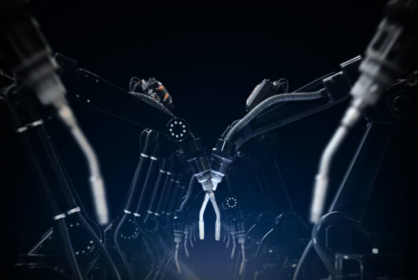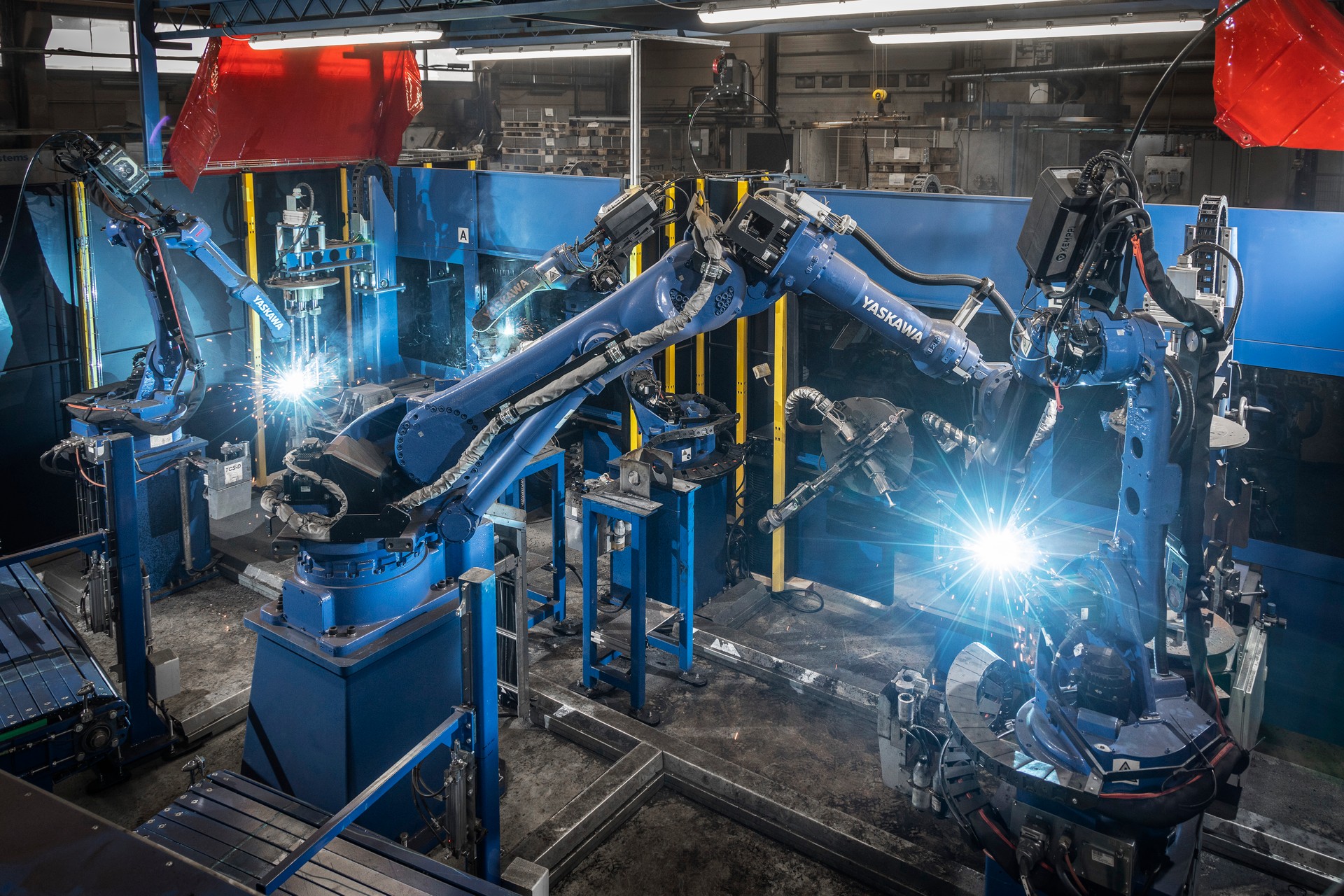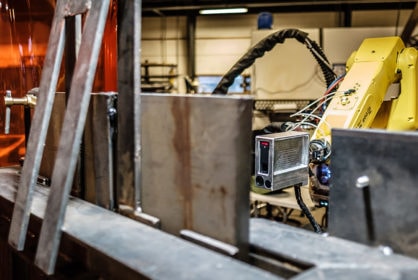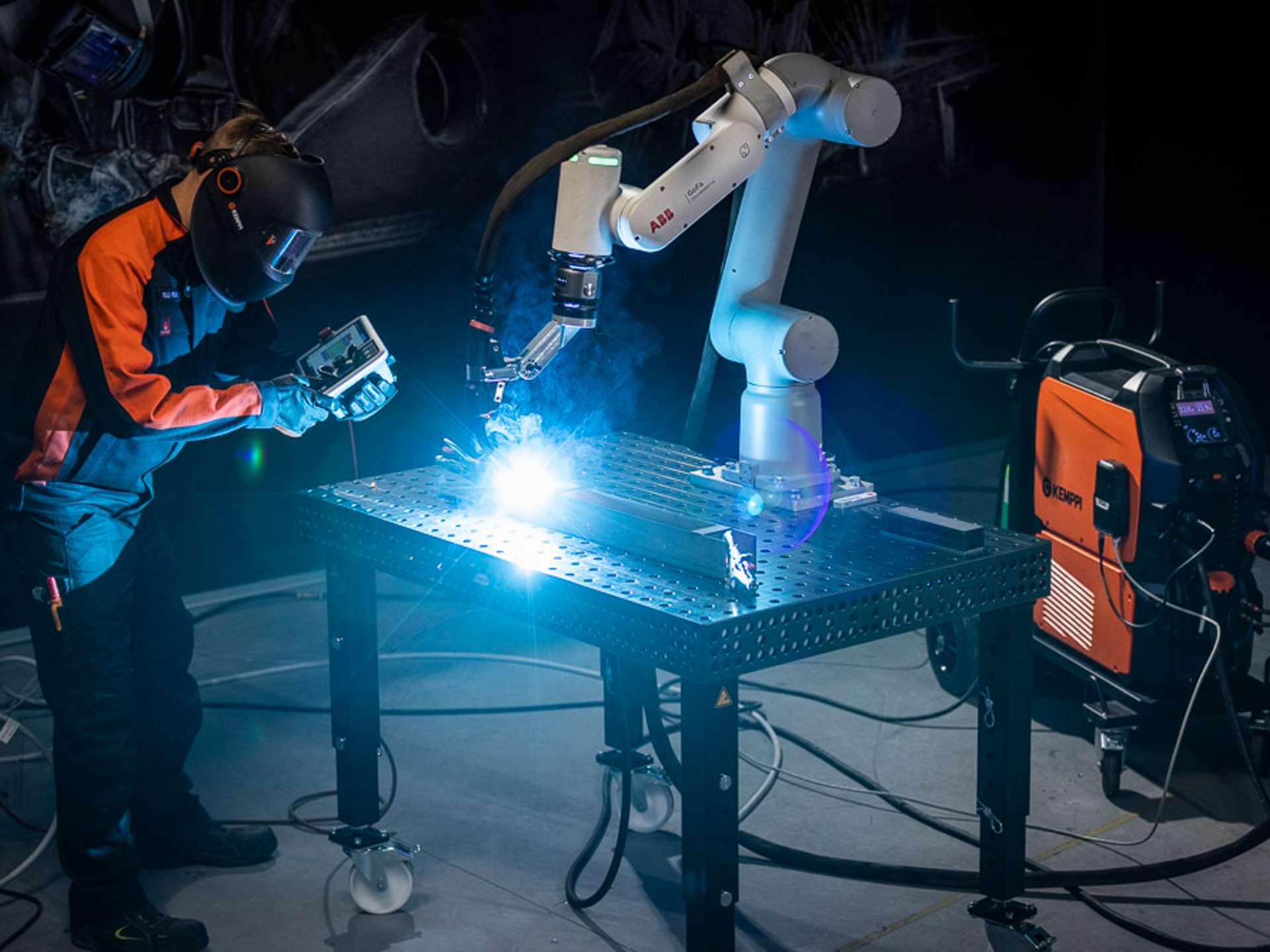
Welding automation
Cobot welding - a passing trend or a new era for the industry?
2 October 2023
Welding cobots, compact-sized welding robots working side by side with humans, have become trendy in the industry, not least because of the worldwide lack of welders. What are the benefits of cobots, and will they finally take over the welding world as we know it?
Anu Rousku
Collaborative robots, also known as cobots, are increasing significantly in the arc welding industry. Depending on the region, there are different reasons for the popularity of cobots. For instance, in the US and Europe, the remarkable lack of welders drives companies towards new innovations to keep up with their welding needs and maintain productivity. Also, the total cost of a welding cobot is lower than hiring welders despite the higher initial cost.
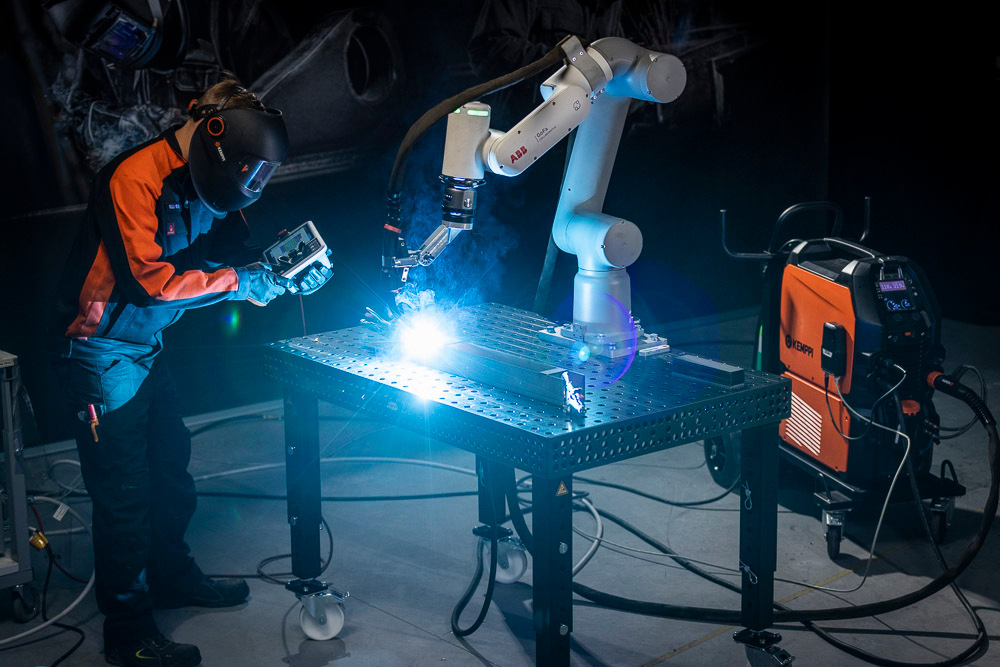
Benefits of collaborative robots in arc welding
Being lightweight and easy to move, the initial cost of cobots is significantly smaller than that of a full-size welding robot. Nevertheless, they increase welding productivity by saving time and delivering significant cost savings. A welding cobot often pays for itself within months – increased efficiency and consistent quality make it worthwhile. A cobot can work longer hours and needs fewer coffee breaks than a human welder, while the quality of welds is standardized and homogeneous. Additionally, a welding cobot does not require the same amount of safety items around as a full-sized robot, such as mats, fences, and screens.
Cobots are easy to use because a welder with beginner-level skills can operate them. They are easy to move and well-suited for position welding or multipass. Also, hanging the cobot is easy.
A cobot always works in collaboration with a human. One cobot corresponds to 2-3 welders for simple tasks regarding efficiency and arc-on time, but a supervisor is still needed. A trained and skilled welder or welding technician complying with the welding qualifications of the industry can supervise the weld quality of several cobots at once. Instead of replacing welders, a cobot solution allows them to avoid the “dirty part” of welding and enjoy the health benefits of being further away from the arc. While cobot welding has productivity benefits, it still cannot replace the skill of a human hand for more complex tasks or demanding welding environments.
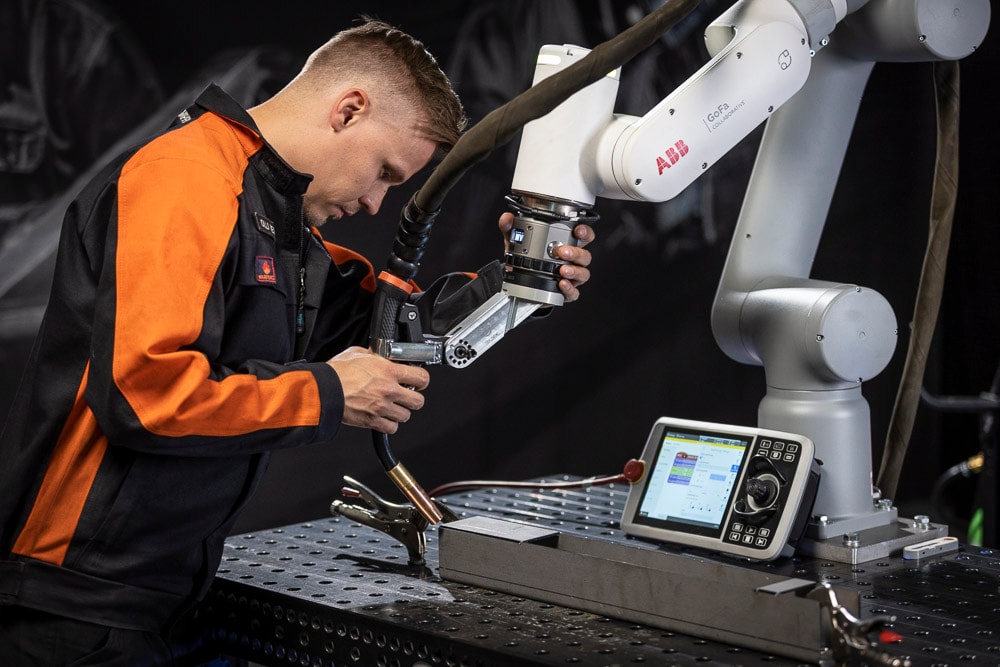
ABB has developed cobotics technology for several years, and their collaborative robots are known for their ease of use and fast lead-through programming, making human interaction with a robot simple, even for beginners. The lead-through method involves programming industrial robots through demonstration – during programming; an operator will physically move the robotic manipulator through the waypoints of a desired task.
4 things to consider when choosing a cobot welding solution
When a company thinks about integrating cobots into daily welding operations, there are things to clarify before the initial investment.
Williamson offers 4 pro tips for a company going to cobotics:
1. Features to meet your needs
The cobot models of different manufacturers vary, and you should find the one that matches your needs. The main things to consider are: ease of use, ease of programming, and cost, naturally. It would be best to consider how and where you will eventually use the cobot. For example, do you know if the welding location is fixed or the reach is difficult? Workpiece positioners cannot be used when running a cobot in a genuinely collaborative environment. This is also a limiting factor.
2. Volume
You might think, does your company have a part volume to justify the cobot? Cobots are cost-effective when programmed to weld a high quantity of relatively simple parts, but they also help small and medium-sized companies that weld low-volume and a high mixture of production parts. Many of these companies also struggle to find manual welders.
3. Type of welds
What kinds of welds will you use the cobot for? The easiest way to find out if the cobot is answer to your needs is to send a sample piece to the welding power source manufacturer for a weld test.
4. Internal resources
Be prepared to have a welding technician or other experienced welding-oriented person take responsibility for the cobot. This will make integrating the cobot into your daily welding operations easier.
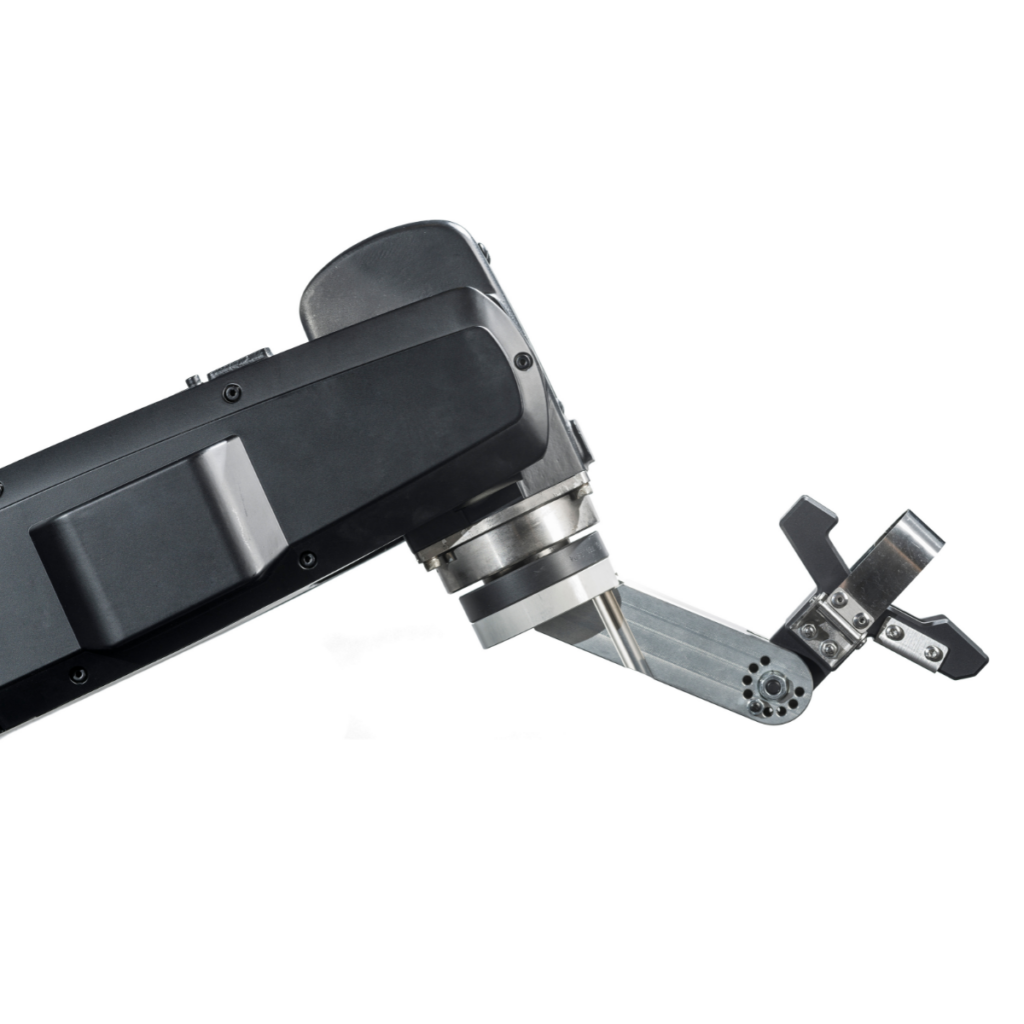
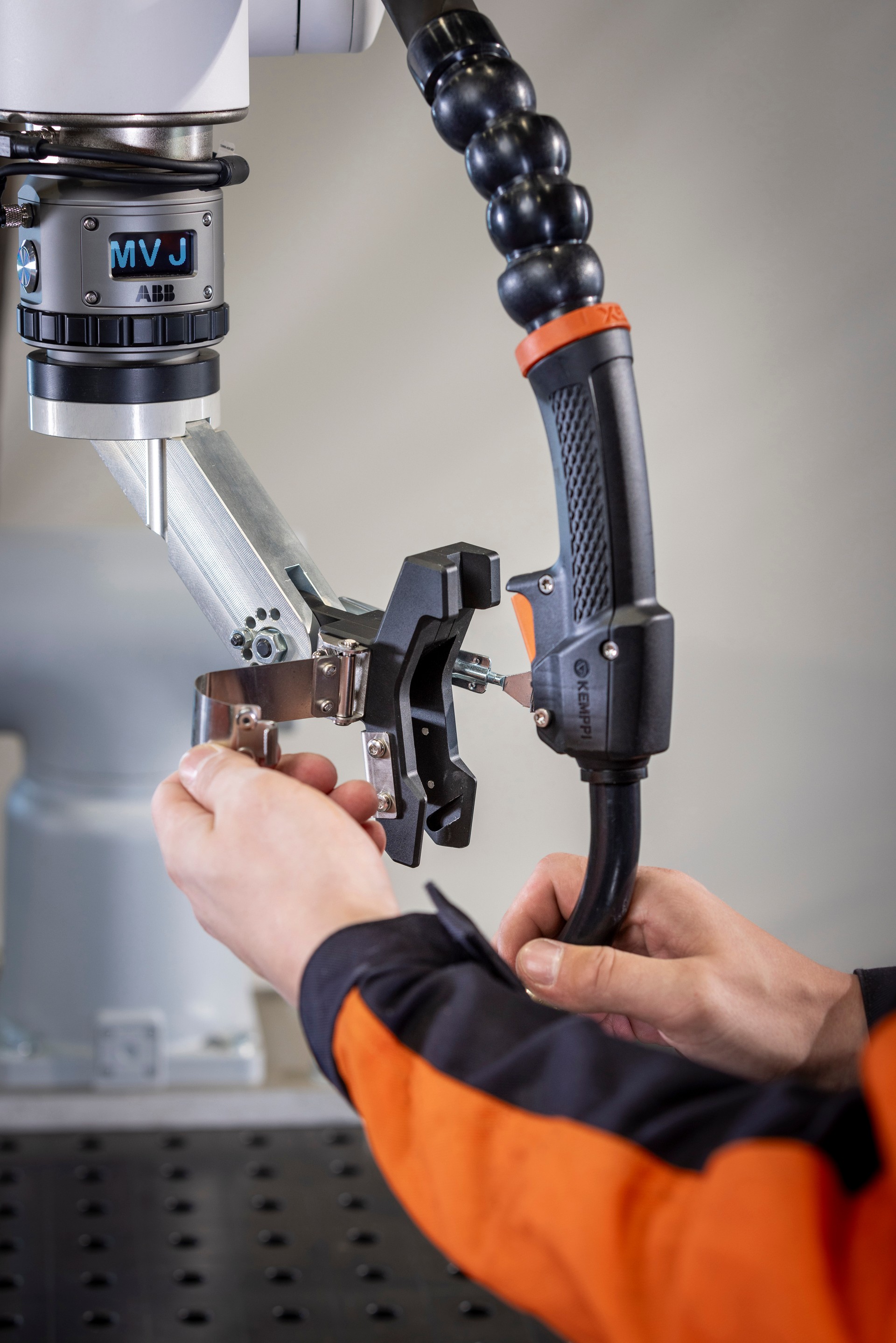
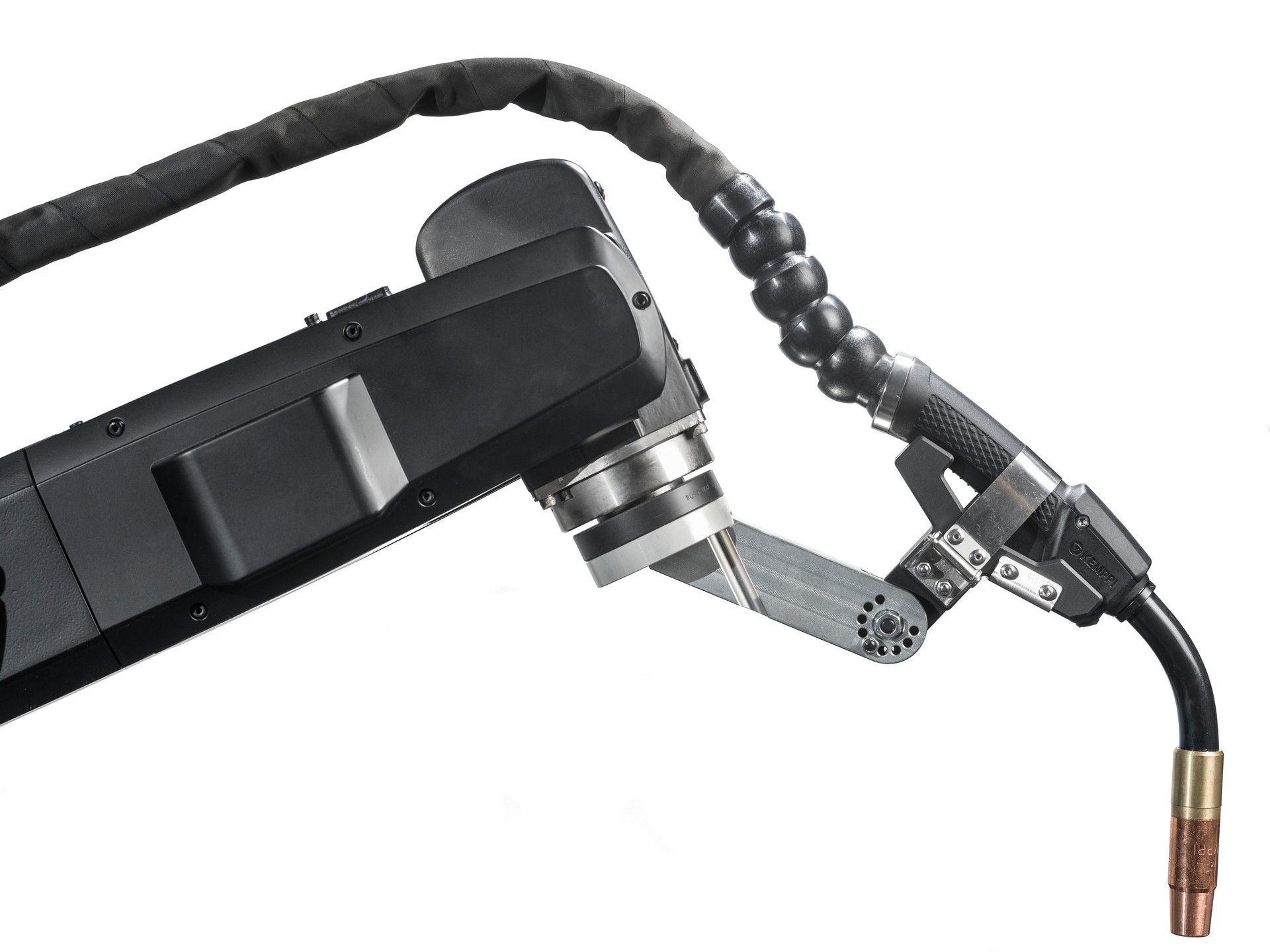
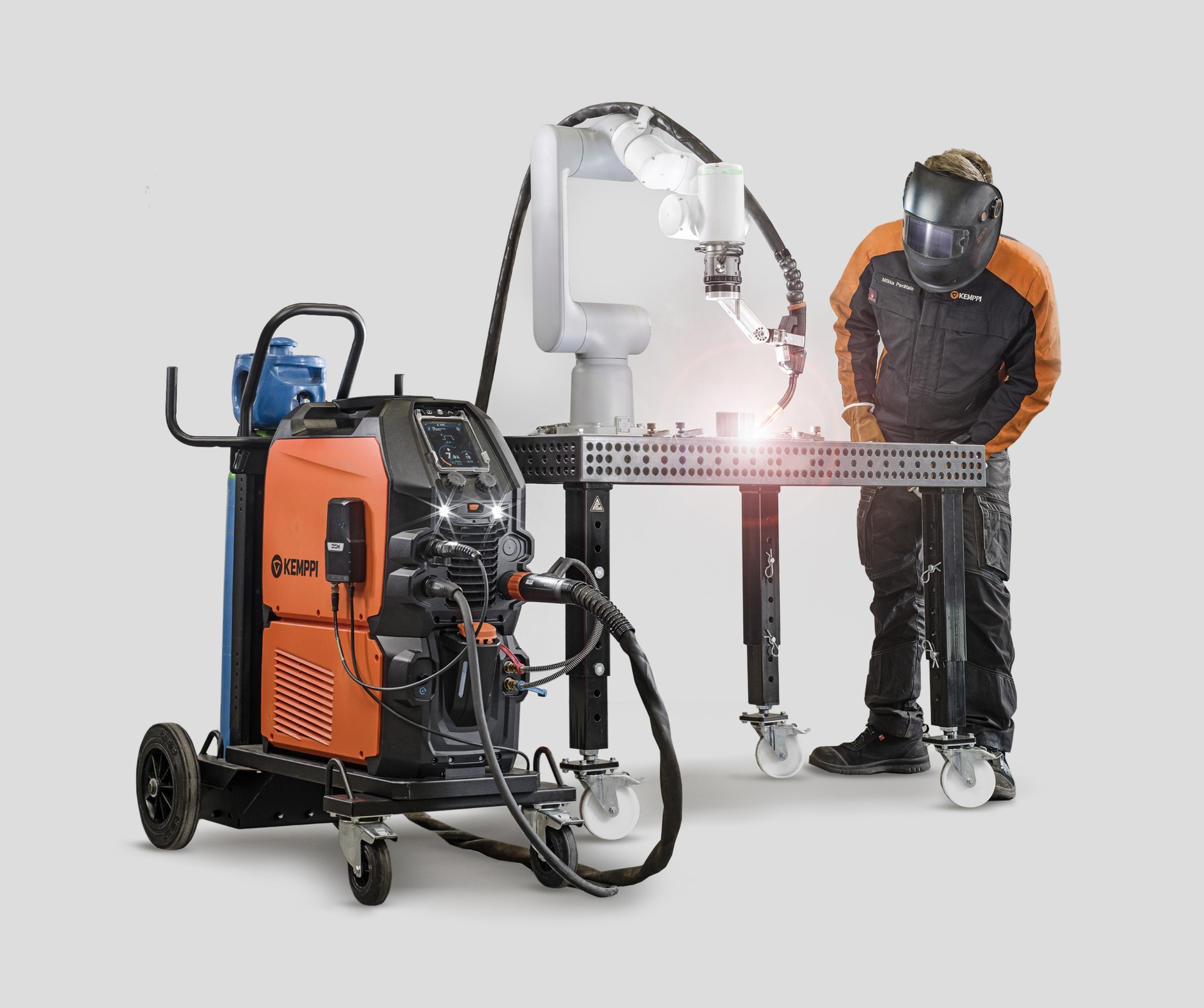

Anu Rousku
Anu Rousku
Marketing Communications Specialist at Kemppi Oy until September 2020. Experienced professional in content marketing with a demonstrated history of working in the industrial B2B sector. Playing with words, persuading the reader, with the spirit of getting things done – it is all seen in the result.
